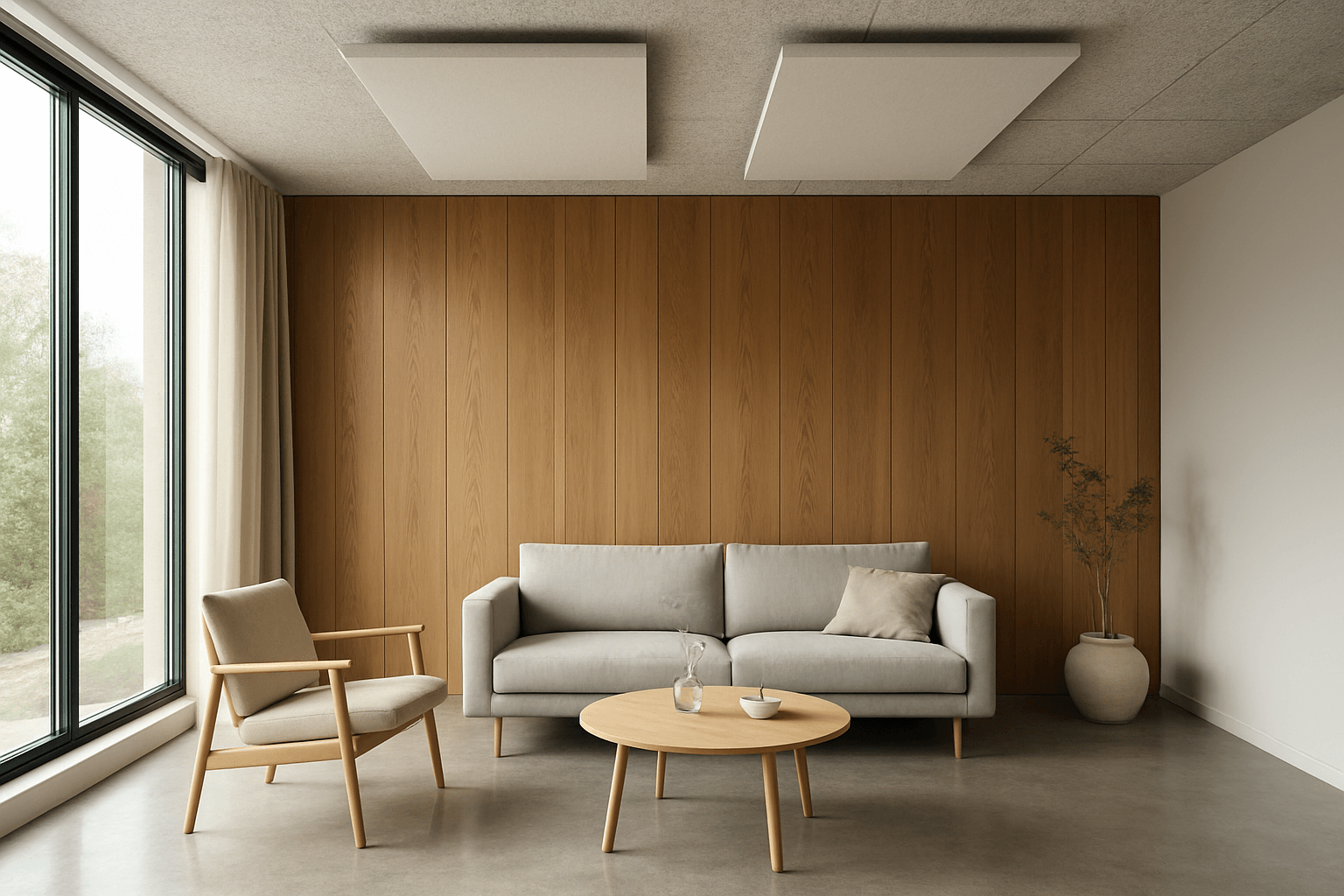Understanding Architectural Finishes
Architectural finishes are the final layers or treatments applied to buildings and interior spaces to achieve a desired look, texture, or protective quality. These finishes go beyond aesthetics; they also enhance durability, functionality, and sustainability. Architects and designers carefully select finishes to complement the structure, improve performance, and reflect cultural or design intent. From polished concrete floors to textured wall coatings, architectural finishes bring character and identity to a project.
The choice of finish often depends on the building type, budget, and environment. For example, high-traffic commercial spaces may use stone or ceramic tiles, while luxury residences might favor wood veneers or metallic claddings. Understanding different finish materials helps professionals and homeowners make informed design decisions.
Types of Architectural Finishes
Architectural finishes can be broadly categorized into interior and exterior applications. Each serves a specific purpose while contributing to the overall design language.
Interior Finishes
Interior finishes define the visual and tactile experience of indoor spaces. Common examples include:
Paints and Coatings – Provide color, texture, and protection. Options include matte, satin, gloss, and specialty finishes.
Wall Coverings – Materials like wallpaper, vinyl wraps, or acoustic panels that enhance aesthetics and functionality.
Floor Finishes – Wood, laminate, tiles, polished concrete, and carpets tailored for durability and comfort.
Ceiling Treatments – Decorative panels, plaster finishes, or acoustic tiles.
Exterior Finishes
Exterior finishes protect buildings from weather while enhancing curb appeal. Examples include:
Stone Cladding – Durable and timeless, often used for façades.
Brickwork – Classic and low-maintenance finish.
Stucco and Plaster – Popular in Mediterranean and modern architecture.
Metal Panels – Lightweight and modern, often used in contemporary designs.
Glass Systems – Curtain walls and glazed façades for sleek appearances.
Popular Finish Materials and Their Uses (Approx. 300 words)
The material chosen for a finish directly impacts durability, cost, and sustainability. Here are widely used architectural finish materials:
Wood Finishes
Wood provides warmth and natural elegance. Common applications include wall paneling, flooring, and veneers. Engineered wood and laminates offer cost-effective alternatives with similar aesthetics.
Stone Finishes
Granite, marble, and limestone are frequently used in both interiors and exteriors. Stone provides durability, heat resistance, and a premium appearance. However, it requires skilled installation and higher costs.
Metal Finishes
Aluminum, steel, and copper finishes add modern sophistication. Brushed or polished metal panels are used in façades, elevators, and decorative trims. Metals can also be powder-coated for protection and design flexibility.
Glass Finishes
Glass provides transparency and openness. Options include frosted, tinted, laminated, or reflective glass, used in partitions, façades, and balustrades.
Concrete and Plaster Finishes
Polished concrete is trending in modern interiors for its industrial aesthetic. Decorative plasters, such as Venetian plaster, create textures and depth on walls.
Synthetic Finishes
Vinyl wraps, laminates, and acrylic coatings offer versatile and budget-friendly options. These are often used for quick renovations and branding projects.
Importance of Architectural Finishes in Design (Approx. 200 words)
Architectural finishes are more than decorative layers; they contribute to a building’s performance and user experience. A carefully chosen finish:
Protects Surfaces: Coatings prevent moisture, UV damage, and wear.
Improves Functionality: Acoustic panels reduce noise, while reflective finishes improve lighting efficiency.
Supports Branding: In commercial spaces, finishes communicate a company’s identity.
Enhances Comfort: Materials like wood or carpet add warmth, while stone or glass create a sense of luxury.
Sustainability is another key factor. Many designers now prefer eco-friendly finishes like reclaimed wood, low-VOC paints, or recycled composites. Certifications such as LEED or WELL often evaluate finish materials for health and environmental performance.
Case Study: Finishes in Modern Architecture
Consider a modern corporate office designed to reflect innovation and sustainability. The architect selected glass curtain walls for natural daylighting, metal panels for durability, and acoustic ceiling tiles to improve productivity. Inside, vinyl wall coverings were used for easy maintenance, while engineered wood flooring added warmth without compromising on cost.
This combination not only reduced energy consumption but also reinforced the company’s brand identity. The thoughtful use of finishes turned the office into a functional, stylish, and sustainable space.
Choosing the Right Architectural Finish
Selecting the right finish requires balancing design goals with budget, performance, and maintenance. Professionals often evaluate finishes based on:
Durability – Resistance to weather, stains, and impact.
Maintenance – Ease of cleaning and long-term upkeep.
Cost – Material cost, installation complexity, and life-cycle expenses.
Aesthetics – Matching finishes with the desired design theme.
Sustainability – Eco-certifications and recyclability.
For instance, hospitality projects may prioritize luxurious finishes like marble, while healthcare facilities focus on hygienic and low-maintenance materials like vinyl and ceramic tiles. The right choice ensures both beauty and practicality.
Frequently Asked Questions (FAQs)
Are synthetic finishes durable?
High-quality laminates and vinyl wraps are highly durable and cost-effective, especially for commercial applications.
What are architectural finishes?
They are the final layers applied to surfaces of buildings and interiors to improve aesthetics, durability, and performance.
What are the most common types of finishes in architecture?
Paint, plaster, wood, stone, metal panels, glass, tiles, and vinyl are among the most widely used.
How do I choose the right finish for my project?
Consider durability, cost, maintenance needs, aesthetics, and sustainability. Consulting an architect or designer is often recommended.
Are sustainable finishes available?
Yes, options include recycled wood, bamboo, low-VOC paints, and composite materials that reduce environmental impact.
What is the difference between interior and exterior finishes?
Interior finishes focus on aesthetics and comfort, while exterior finishes prioritize protection against weather and structural durability.
Do finishes affect building performance?
Absolutely. They impact acoustics, lighting, insulation, and even energy efficiency in modern architecture.





